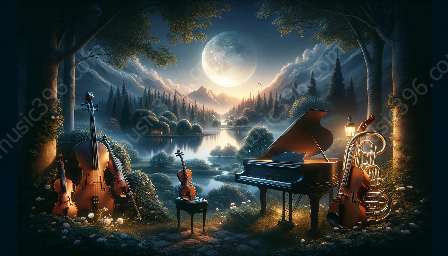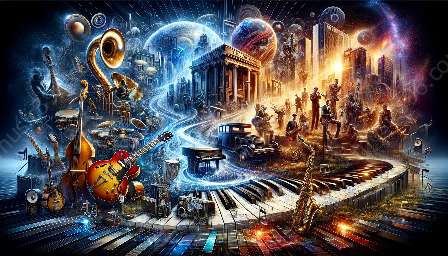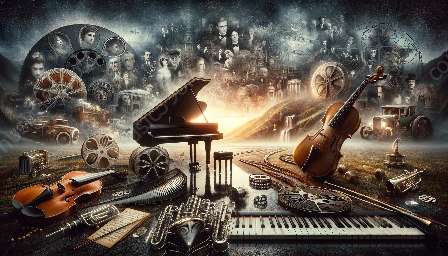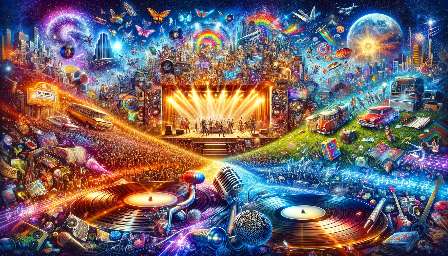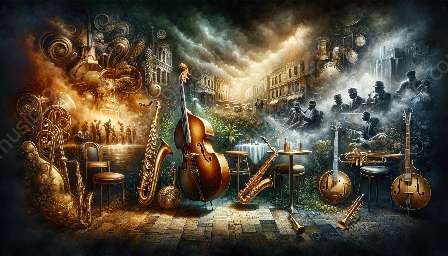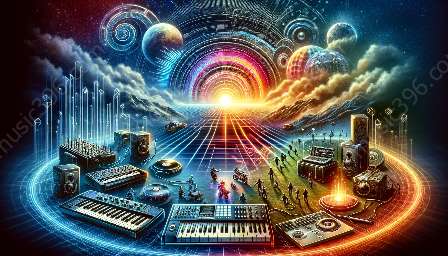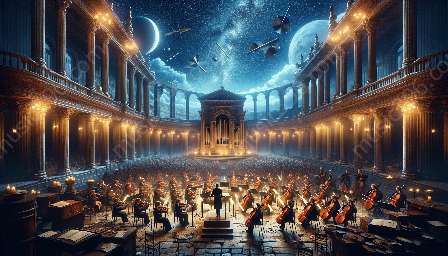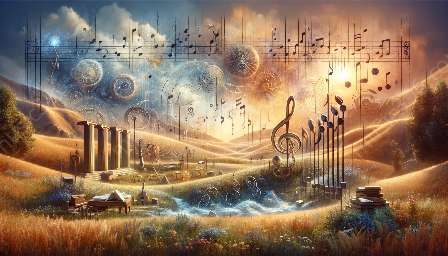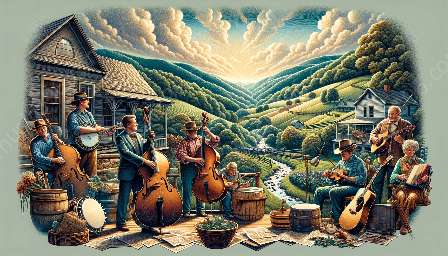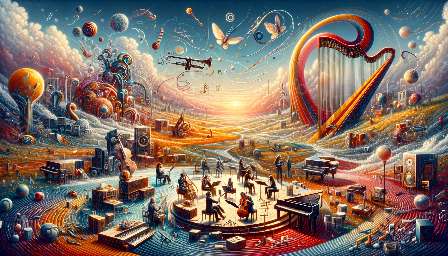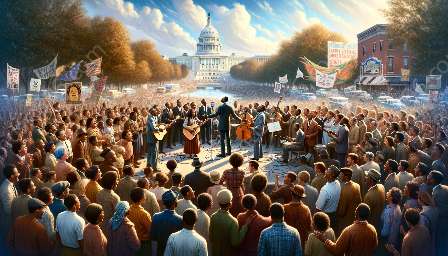The transition to sound in film marked a pivotal moment in the history of cinema and had a profound impact on the use of music in films. This exploration delves into the evolution and significance of film music, encompassing its historical context and impact on the history of music.
Evolution of Sound in Film
The transition to sound in film, often referred to as “the talkies,” began in the late 1920s, revolutionizing the motion picture industry. The introduction of synchronized sound dramatically altered the landscape of filmmaking, allowing for the inclusion of dialogue, music, and sound effects that brought a new level of realism to the cinematic experience.
Impact on Film Music
The advent of sound in film had a transformative effect on the use of music, which had been an integral part of silent films. Previously, live musical accompaniment was used to enhance the emotional and narrative elements of silent movies. With the introduction of sound, composers and filmmakers were presented with unprecedented opportunities to craft intricate and nuanced musical scores that could directly complement the on-screen action and dialogue.
Significance of Film Music
Film music has become an indispensable element of the movie-watching experience, enhancing storytelling, evoking emotions, and creating memorable cinematic moments. The intricate relationship between sound and image in film has led to the development of a diverse array of musical techniques and styles, ranging from orchestral scores to experimental soundscapes, each contributing to the overall impact and atmosphere of a film.
Historical Context
Understanding the transition to sound and film music necessitates a look at its historical context within the broader scope of music and cinema. The early 20th century saw the convergence of technological advancements and artistic innovation, leading to significant developments in both music and film. The integration of sound into cinema mirrored the evolution of music itself, as composers and musicians experimented with new forms of expression, embracing the possibilities offered by emerging recording and playback technologies.
Impact on Music History
The evolution of film music has left an indelible mark on the broader history of music, influencing composers and musicians across genres. The techniques and approaches developed in film scoring have often intersected with and influenced contemporary classical, popular, and experimental music, resulting in a rich and diverse musical landscape.
Conclusion
The transition to sound and film music represents a crucial turning point in the history of both cinema and music. It has offered a platform for experimentation, innovation, and creativity, shaping the development of film music and leaving a lasting impact on the broader historical and cultural tapestry of music. This exploration showcases the intricate connections between film music, music history, and the ever-shifting landscape of cinematic storytelling.





